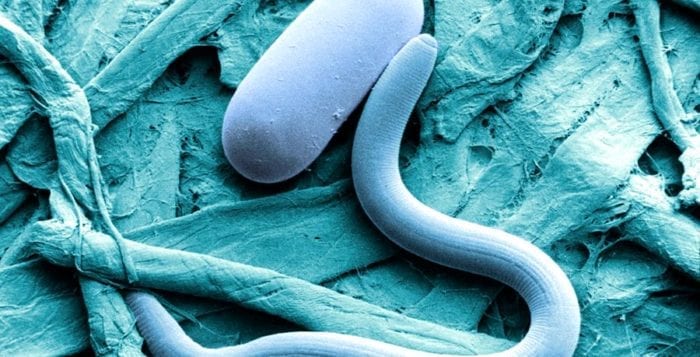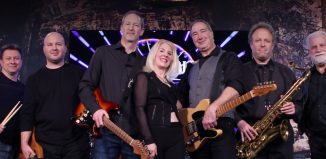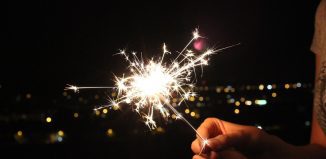Life Lines: Imagine waking up after 42,000 years

By Elof Axel Carlson

Back in 1968 I gave a futuristic public lecture at UCLA in which I predicted that the mummified tissue of long dead people could be used to reconstruct their genotypes and, if the chemical tools became available, this could lead to what I called “necrogenetic twinning.”
That got on the wire services and I got clippings with headlines like “King Tut may become a papa.” I also got letters from the public including one irate lady who said, “If you were my son, I’d beat you with a broomstick.” Well there is a field of paleogenetics today, and it is being used to work out the genomes of Neanderthal ancestors and may some day be used to bring back old favorites like passenger pigeons and dodos.
But there is a more immediate source of bringing back a few of the presumed long dead that are present in permafrost. The term was coined in 1943 in a report carried out by the U.S. Army. It is an acronym for permanently frozen soil. That is not ice in waterlogged soil. When permafrost is subject to warm temperatures, it thaws. It does not melt. But from that thawed material the organic matter can be isolated and dated by carbon-14 techniques to get the age.
Recently, Russian scientists studying thawed permafrost discovered samples (one 32,000 years old and the other 42,000 years old) that produced live nematodes that had been frozen for a very long sleep. They began moving a few weeks after removal and eating bacteria and protozoa on a petri dish. These are roundworms related to vinegar eels as they are called, which can be seen in organic vinegars served in restaurants. Hold such a cruet of vinegar to the light and you will see what look like tiny flakes jittering about in the vinegar.
It is not just cold temperature that can preserve life for centuries. Date palm seeds that are more than a thousand years old have been planted and produced fruit bearing dates. The record of the deepest sleep, however, goes to bacterial spores isolated from salt crystals in rock that was present 250 million years ago. They hatched from their protected state and formed bacterial colonies.
I would not be surprised to find future core samples from ocean cores taken in rock that may be as old as the first life-forms on Earth (viruslike) whose sequences might reveal the first genotypes capable of sustaining life in the organic soup thought to be present when the lifeless Earth was formed. That is a speculation that appeals to the imagination. But we humans can also imagine other possibilities that are less charming than alarming.
What if these early life-forms, whether from permafrost or ocean dredgings, contain pathogens that find humans a suitable host? Ancient viruses would not be treatable by antibiotics, and vaccines might be needed to check their spread. Ancient bacteria might be contained by present-day antibiotics, but some might not.
But is that not true of humans who have explored Earth? Many have come down with diseases they did not know existed in the ruins of ancient civilizations. When Darwin was in the Amazon, he contracted Chagas disease, which made him sickly in his later life. My father was in the Merchant Marine in his youth and came down with malaria and had summer chills when the sporozoans decided to celebrate.
That is why my wife Nedra and I had to get several vaccinations when we traveled on Semester at Sea. When we approached equatorial countries, we had to take anti-malarial medication to prevent coming down with a life-threatening malaria infection. Life is full of risks and not all are predictable, but using knowledge often thwarts unknown threats we may encounter.
Elof Axel Carlson is a distinguished teaching professor emeritus in the Department of Biochemistry and Cell Biology at Stony Brook University.






